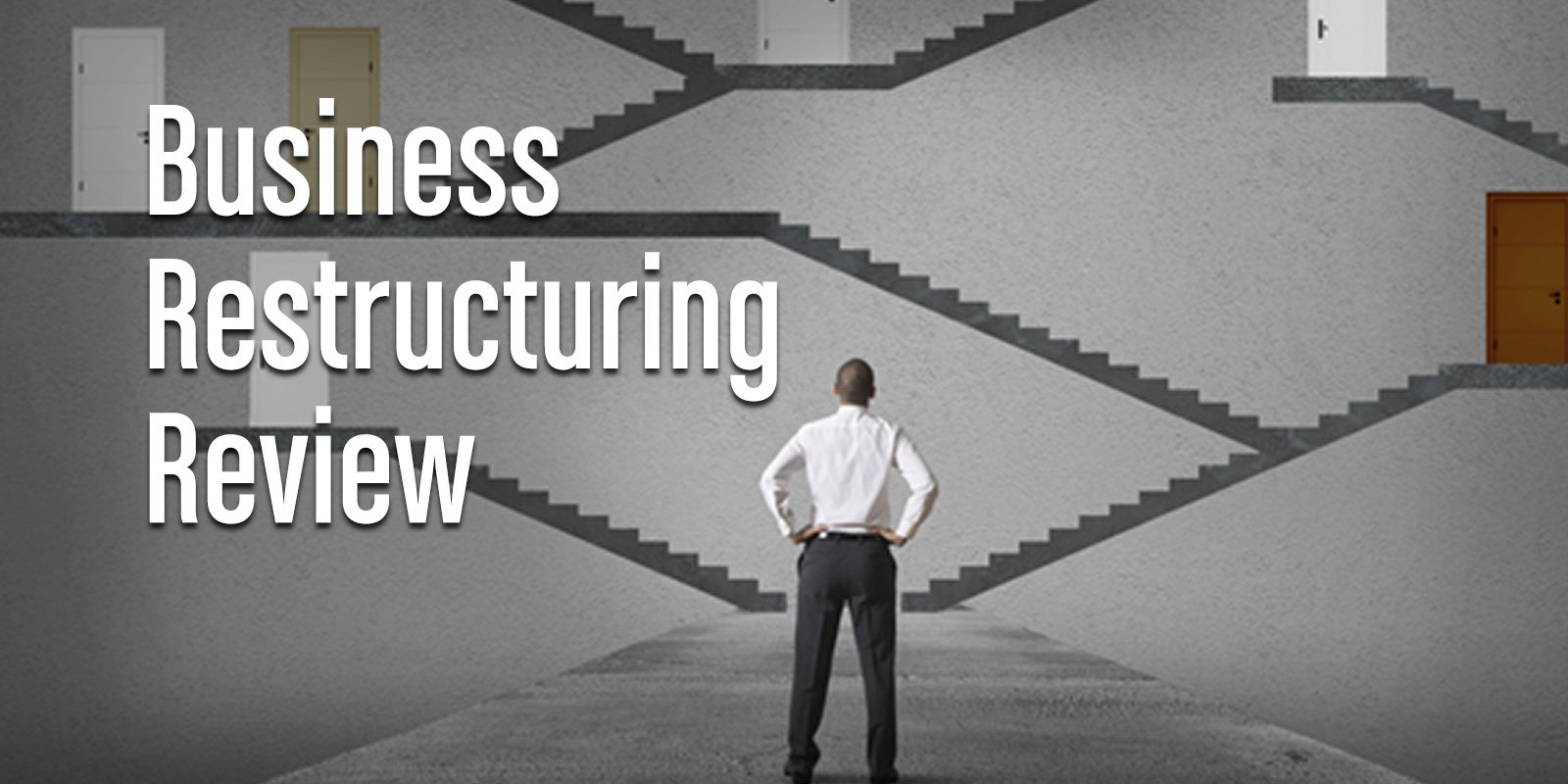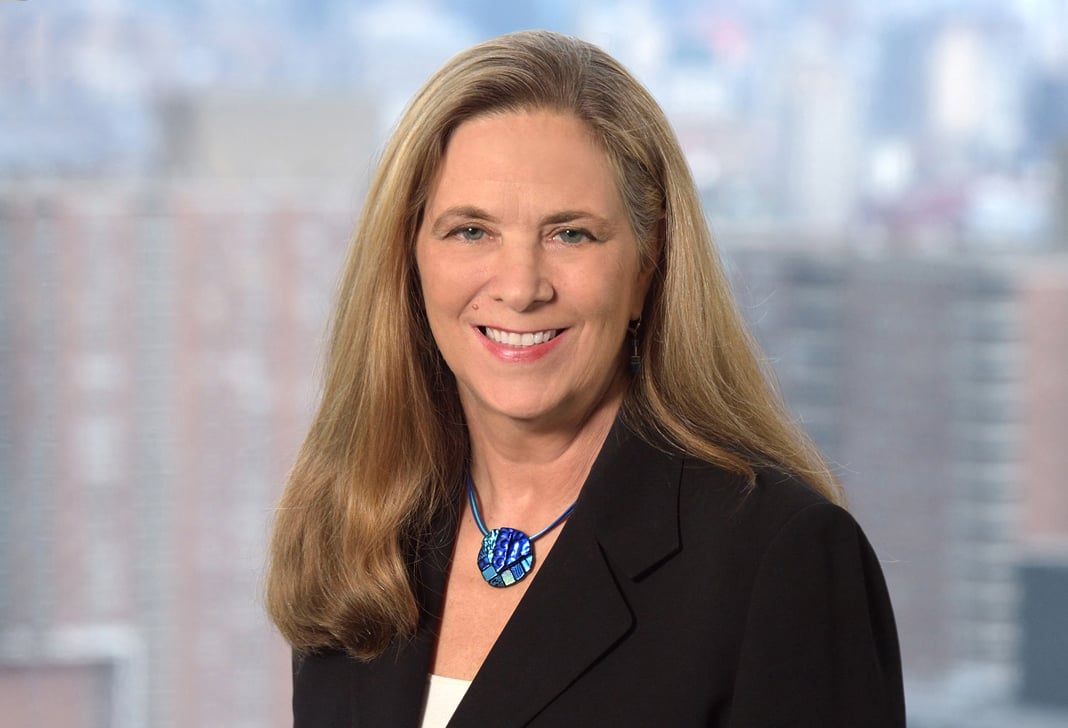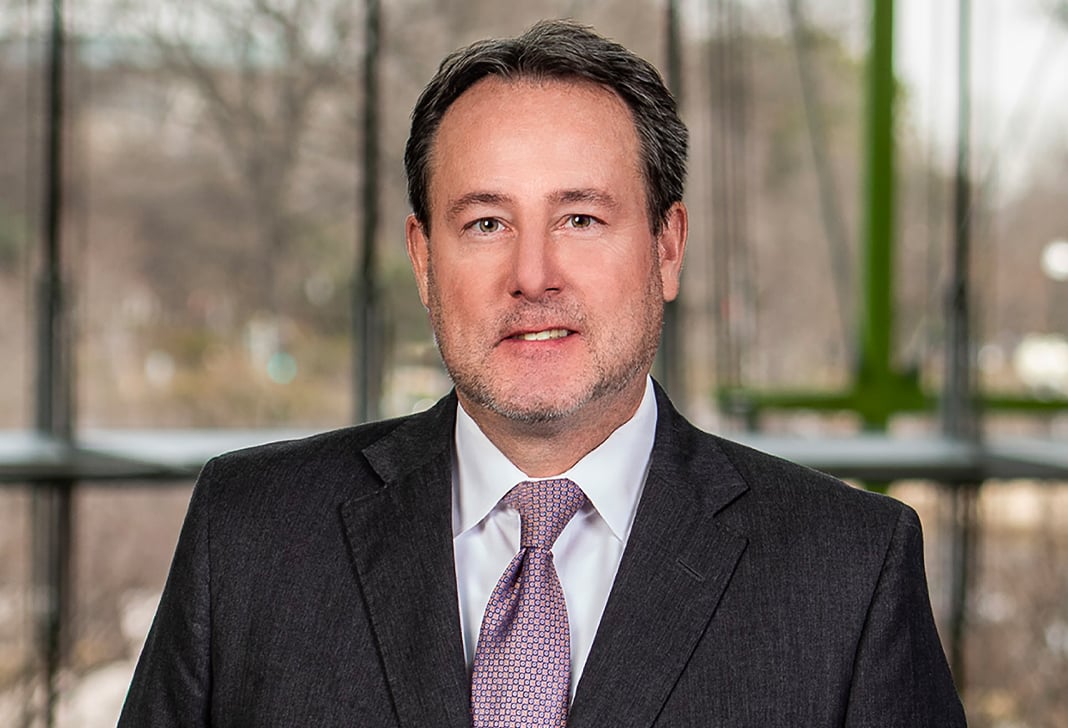
Fraudulent Transfer Avoidance Recovery Not Limited to Total Amount of Creditor Claims
Courts disagree as to whether the amount that a bankruptcy trustee or chapter 11 debtor-in-possession ("DIP" ) can recover in fraudulent transfer avoidance litigation should be capped at the total amount of unsecured claims against the estate. A Delaware bankruptcy court recently weighed in on this issue in PAH Litigation Trust v. Water Street Healthcare Partners, L.P. (In re Physiotherapy Holdings, Inc.), 2017 WL 5054308 (Bankr. D. Del. Nov. 1, 2017). Noting the absence of any guidance on the question from the U.S. Court of Appeals for the Third Circuit, the bankruptcy court ruled that, unlike most state fraudulent transfer laws, which limit a creditor’s recovery to the amount of its unpaid claim against the transferor, section 550 of the Bankruptcy Code imposes no such limitation on the estate’s recovery.
Fraudulent Transfer Avoidance and Recovery Under Sections 548 and 550
Section 548 of the Bankruptcy Code provides that a trustee or DIP "may avoid any transfer . . . of an interest of the debtor in property, or any obligation . . . incurred by the debtor" within two years before a bankruptcy filing if the transaction was actually or constructively fraudulent.
Section 548(c) sets forth a savings provision for certain good-faith transferees. It provides that, except to the extent a transfer or obligation is otherwise voidable under section 544, 545, or 547 of the Bankruptcy Code:
a transferee or obligee . . . that takes for value and in good faith has a lien on or may retain any interest transferred or may enforce any obligation incurred, as the case may be, to the extent that such transferee or obligee gave value to the debtor in exchange for such transfer or obligation.
Section 548(c) thus requires both the provision of value and good faith, which, if established, permit a good-faith transferee to, among other things, retain the transferred property "to the extent" it gave value to the debtor. See Williams v. FDIC (In re Positive Health Mgmt.), 769 F.3d 899, 908 (5th Cir. 2014) (under the "netting approach," where a good-faith transferee gave value for a vessel that was less than reasonably equivalent value, the transfer was voidable only to the extent of the shortfall).
If a transfer is avoided under section 548, section 550(a) provides that, with certain exceptions, "the trustee may recover, for the benefit of the estate, the property transferred, or, if the court so orders, the value of such property," from both initial and subsequent transferees of the transferred property.
Section 550(b) provides that the trustee may not recover from subsequent transferees who take for value and in good faith from the initial transferee.
Finally, section 550(e) gives good-faith transferees a lien on property recovered by the trustee to secure the lesser of: (i) post-transfer improvement costs incurred by the transferee, less profits; or (ii) any increase in the value of the property due to the improvements.
Some courts have ruled that, because the fraudulent transfer laws are remedial, rather than punitive, recovery under section 550 should be limited to the amount necessary to satisfy creditor claims, thereby preventing a windfall. See, e.g., Slone v. Lassiter (In re Grove-Merritt), 406 B.R. 778 (Bankr. S.D. Ohio 2009); Murphy v. Town of Harrison (In re Murphy), 331 B.R. 107 (Bankr. S.D.N.Y. 2005).
However, other courts, including two circuit courts of appeal, have ruled that the amount a trustee can recover under section 550 is not capped at the aggregate amount of unsecured claims against the estate. See, e.g., In re JTS Corp., 617 F.3d 1102 (9th Cir. 2010); Stalnaker v. DLC, Ltd., 376 F.3d 819 (8th Cir. 2004); Clinton v. Acequia, Inc. (In re Acequia, Inc.), 34 F.3d 800 (9th Cir. 1994); MC Asset Recovery, LLC v. Southern Co., 2006 WL 5112612 (N.D. Ga. Dec. 11, 2006); Lim v. Miller Parking Co., 526 B.R. 202 (Bankr. E.D. Mich. 2015); In re Tronox Inc., 464 B.R. 606 (Bankr. S.D.N.Y. 2012).
For example, in Acequia, the defendant-transferee in fraudulent transfer litigation argued that the court should limit recovery under section 550(a) to "an amount sufficient to satisfy all unsecured claims" to prevent a windfall to the estate. 34 F.3d at 810. The court refused to cap recovery, writing that "the [estate] has a greater equitable claim to the transferred funds than does [the defendant wrongdoer]." Id. at 812.
The court rejected the same windfall argument in Tronox, stating that:
[i]n other words, the "for the benefit of the estate" clause in § 550 sets a minimum floor for recovery in an avoidance action—at least some benefit to the estate—but does not impose any ceiling on the maximum benefits that can be obtained once that floor is met.
464 B.R. at 614
In MC Asset Recovery, after reviewing the relevant case law, the court wrote that "all have found that a trustee who brings an action to avoid or recover a fraudulent transfer may avoid or recover in its entirety, even when the value of the transfer exceeds the value of all allowed claims of unsecured creditors." 2006 WL 5112612 at *5; see also Collier on Bankruptcy 548.10 (16thed. 2017) ("The amount that the trustee can recover from the initial or subsequent transferee is not limited by the total amount of allowed unsecured claims. The trustee’s avoiding powers are not just for the benefit of the creditors, but are for the benefit of the estate as a whole. . . . However, fraudulent transfer law generally is not intended to aid the debtor-transferor to recover property; a transfer is generally valid as between the debtor and the transferee. Consequently, the transferee should be entitled to retain the property transferred if the estate is sufficient to satisfy all claims, including administrative expenses.") (footnotes omitted).
Trustee’s Ability to Avoid Transfers That Are Avoidable Under State Law
A trustee or DIP may also recover certain transfers that are avoidable by creditors under state law. Section 544(b)(1) of the Bankruptcy Code provides in relevant part that "the trustee may avoid any transfer of an interest of the debtor in property or any obligation incurred by the debtor that is voidable under applicable law by a creditor holding an unsecured claim that is allowable under section 502 of this title."
The phrase "applicable law" in section 544(b) has generally been interpreted to mean state law. See Ebner v. Kaiser (In re Kaiser), 525 B.R. 697 (Bankr. N.D. Ill. 2014); Wagner v. Ultima Holmes (In re Vaughan), 498 B.R. 297 (Bank. D.N.M. 2013).
Unlike the Bankruptcy Code, state fraudulent transfer statutes (generally, versions of the Uniform Fraudulent Conveyance Act or the Uniform Fraudulent Transfer Act (the "UFTA"), which was recently amended and renamed the "Uniform Voidable Transactions Act"), expressly include a cap on recovery. Section 7 of the UFTA provides that a creditor may avoid a transfer or obligation "to the extent necessary to satisfy the creditor’s claim." Similarly, section 8 of the UFTA provides that "the creditor may recover judgment for the value of the asset transferred . . . or the amount necessary to satisfy the creditor’s claim, whichever is less."
In Physiotherapy, the bankruptcy court considered whether recovery under section 550 of the Bankruptcy Code and the Pennsylvania Uniform Fraudulent Transfers Act (the "PUFTA") should be capped at the amount of unsecured claims against a chapter 11 debtor’s estate.
Physiotherapy
In 2012, private equity firm Court Square Capital Partners II, L.P. ("Court Square") acquired Physiotherapy Holdings, Inc. ("Physiotherapy"), one of the largest providers of outpatient physical therapy services in the U.S., through a reverse-triangular merger. The leveraged buyout ("LBO") transaction was financed by, among other things, a $100 million term loan secured by Physiotherapy’s assets and the issuance of $210 million in senior notes that were assumed by the post-merger Physiotherapy. As part of the transaction, Physiotherapy’s prior owners—Water Street Healthcare Partners, L.P., and Wind Point Partners IV, L.P. (collectively, the "defendants")—received $248.6 million for their interests in the company.
On November 12, 2013, Physiotherapy filed a prepackaged chapter 11 case in the District of Delaware. The bankruptcy court confirmed the plan in December 2013. The plan provided that: (i) noteholders, who were owed approximately $238 million in principal and unpaid accrued interest, would have an allowed claim for $210 million, in exchange for which accepting noteholders would receive a pro rata share of Physiotherapy’s new equity as well as a pro rata share of one-half of any recoveries by a litigation trust established under the plan; and (ii) any remaining litigation trust recoveries would be paid to Court Square. Expert testimony pegged the value of the post-reorganization company’s equity at a midpoint of $96 million. In its disclosure statement, however, Physiotherapy valued the equity to be received by the noteholders under the plan at 40.3 percent of their allowed claims, or approximately $85 million.
In September 2015, the litigation trustee sued the defendants, alleging that they had engaged in accounting fraud for years prior to the LBO. According to the complaint, through the LBO transaction, Physiotherapy incurred a massive amount of new debt that was predicated on false financial statements and used to cash out the old shareholders, rendering Physiotherapy insolvent. On the basis of those allegations, the complaint sought to avoid and recover certain transfers (including the payments to the defendants) as actual and constructive fraudulent transfers under both federal law (sections 544, 548, and 550 of the Bankruptcy Code) and the PUFTA.
The defendants moved to dismiss the complaint, arguing that the constructive fraudulent transfer claims were precluded by the settlement payment "safe harbor" contained in section 546(e) of the Bankruptcy Code. In PAH Litigation Trust v. Water Street Healthcare Partners, L.P. (In re Physiotherapy Holdings, Inc.), 2016 WL 3611831 (Bankr. D. Del. June 20, 2016), leave to appeal denied, 2017 WL 6524524 (D. Del. Dec. 21, 2017), the bankruptcy court, rejecting the Second Circuit’s reasoning in Deutsche Bank Trust Co. Ams. v. Large Private Beneficial Owners (In re Tribune Co. Fraudulent Conveyance Litig.), 818 F.3d 98 (2d Cir. 2016), held that section 546(e) (which expressly exempts from its scope actual fraudulent transfer claims under section 548) did not preempt the constructive fraudulent transfer claim under the PUFTA that had been assigned to the litigation trust.
In March 2016, Select Medical Corporation acquired reorganized Physiotherapy for $421 million in cash, of which approximately $282 million was paid to the noteholders in exchange for their equity interests.
The defendants again moved to dismiss the complaint, this time arguing that the noteholders’ receipt of $282 million in respect of equity valued at $85 million foreclosed recovery under section 550 and the PUFTA. The litigation trustee countered that the value of the debt the noteholders agreed to release under the terms of the plan in exchange for the new equity and litigation recoveries (at maturity, approximately $470 million, with interest, had Physiotherapy not filed for bankruptcy) significantly exceeded $282 million.
The parties’ contrary positions on the potential damages stymied court-ordered mediation of the dispute. The bankruptcy court agreed to break the deadlock by ruling on the potential damages issue.
The Bankruptcy Court’s Ruling
In ruling on cross-motions for partial summary judgment, the bankruptcy court assumed, without deciding, that the litigation trustee successfully proved that the $248.6 million transfer was actually fraudulent under section 548(a)(1)(A) of the Bankruptcy Code and constructively fraudulent under the PUFTA.
After reviewing relevant decisions, the court noted that the Third Circuit has not spoken on the damages cap issue. The bankruptcy court concluded, however, that recovery under section 550 should not be capped at the aggregate amount of unpaid creditor claims. Otherwise, it wrote, "it would mean that if Defendants are in fact liable for the fraudulent transfer, they would keep most if not all of the transferred money"—an "inequitable result" which the court "cannot countenance."
The bankruptcy court noted that, in addition to Acequia, MC Asset Recovery, Tronox, and other similar rulings, its conclusion is supported by the U.S. Supreme Court’s ruling in Moore v. Bay, 284 U.S. 4 (1931). In Moore, the Court held that a bankruptcy trustee in a case under the former Bankruptcy Act of 1898 could avoid a fraudulent transfer in its entirety for the benefit of the estate and that recovery was not limited to the amount of unsatisfied creditor claims. Id. at 4–5; see also Stalnaker v. DLC, Ltd. (In re DLC, Ltd.), 295 B.R. 593, 606 (B.A.P. 8th Cir. 2003) (noting that Moore is codified by section 550).
The bankruptcy court rejected the defendants’ argument that the phrase "for the benefit of the estate" in section 550 means for the benefit of creditors. The court wrote that "[t]he estate is more than the interests of creditors" and includes the interests of other stakeholders—in this case, Court Square. The court also rejected the argument that the noteholders would necessarily receive a windfall if successful in the litigation. According to the court, had there been no bankruptcy, the noteholders would have received approximately $470 million at maturity, with a present value of $380 million.
Finally, the court ruled that the cap on recovery under the PUFTA, which tracks the language of the UFTA (see 12 PA. STAT. AND CONS. STAT. ANN. §§ 5107(a)(1) and 5108) would be implicated only if the litigation trust ultimately recovered more than approximately $250 million on the state fraudulent transfer claim. The court determined this amount by assuming that the noteholders, who had a 50 percent interest in litigation recoveries, received new equity valued at approximately $85 million, which left them with a $125 million deficit based on their allowed $210 million claim.
Outlook
Physiotherapy is significant for a number of reasons. First, the ruling reinforces the idea that federal and state fraudulent transfer avoidance laws are intended to be remedial rather than punitive. Under state law, this understandably means that an avoidance recovery is limited to the amount necessary to make an injured creditor whole. Under federal bankruptcy law, recoveries must benefit the bankruptcy estate, which includes the interests of creditors and other stakeholders.
Second, the facts in Physiotherapy were unusual. The chapter 11 plan involved a debt-for-equity swap and a distribution of value in the form of speculative litigation recoveries split equally between the noteholders and old interest holders, even though the noteholders were not being paid in full. However, in an unanticipated (and highly atypical) development, about two years after the bankruptcy, the noteholders cashed out their new equity for $282 million—an amount that greatly exceeded both their allowed claims in the bankruptcy case and the estimated value of the new equity on the plan confirmation date. According to the bankruptcy court, additional payments to the noteholders from avoidance litigation recoveries did not amount to a windfall because they would have realized more had Physiotherapy not filed for bankruptcy.
Because the plan provided that Court Square was entitled to one-half of any avoidance recoveries, Physiotherapy’s old equity holder—which was clearly out of the money when the plan was confirmed—might also realize a significant recovery. However, the defendants never challenged this aspect of the plan in connection with the confirmation proceedings. As such, the court appeared to give less weight to their belated arguments that section 550 should not be used to benefit the old equity holder.
Finally, while Physiotherapy permits an estate to recover damages under section 550 even where the actual amount later received for equity bestowed under a plan exceeds creditors’ allowed claims, the court noted that the noteholders’ recovery under the litigation trust would be limited to the amount necessary to pay their allowed claims in full. The valuation evidence provided at confirmation pegged the value of the equity awarded to the noteholders at $85 million, leaving a deficit of $125 million on $210 million of allowed noteholder claims. Because the litigation trust recoveries were evenly divided between the noteholders and Court Square, the noteholders’ allowed claims would not be satisfied in full unless the litigation trust recovered $250 million in the avoidance litigation. The court’s reasoning highlights the importance of recognizing that both the terms for satisfying claims under a chapter 11 plan and plan valuations may be binding in post-confirmation litigation.
The defendants filed a motion in the district court for leave to appeal the bankruptcy court’s ruling on November 15, 2017. Briefing on the motion was completed in mid-December.



